Easy Sourdough Starter
This Easy Sourdough Starter recipe creates gorgeously fluffy homemade products such as Sourdough Baguettes. Included are simple step by step instructions on how to start, feed and Maintain Sourdough Starter that is perfect for beginners.
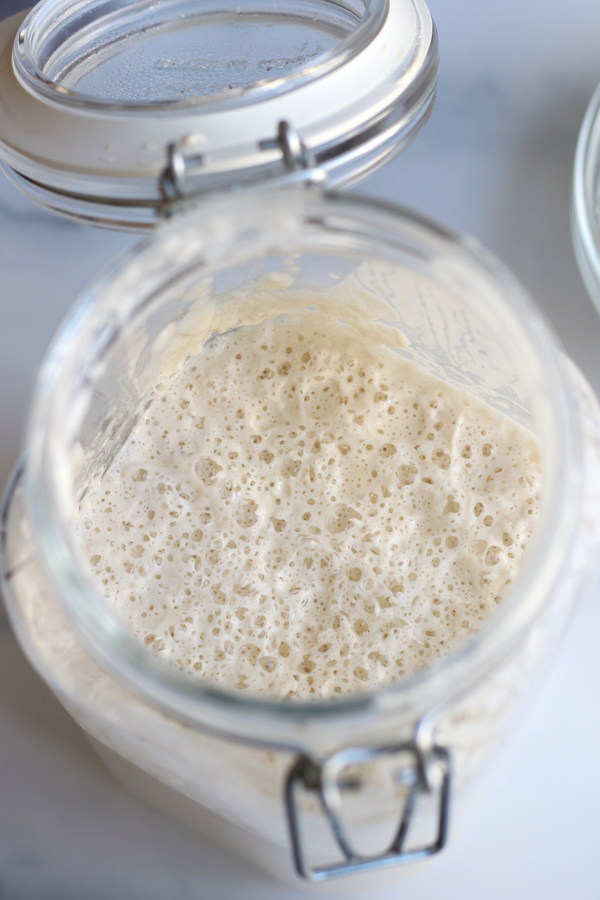
This post may contain affiliate links which I earn a small portion in sales if a purchase is made. Rest assured though, it is never at any additional cost to you.
What is Sourdough Starter
Very simply, sourdough starter is a fermented mixture of two ingredients, water and flour. Wild yeast found in flour flourishes when added to water and is allowed to rest in between feedings. This approach is the old fashioned way of making bread that has been done for centuries. It does require more time than active-dry or instant yeast but produces exceptional taste and textured baked goods.
Tools Needed
In addittion to the flour and water a few tools are needed to make your own from scratch Sourdough Starter.
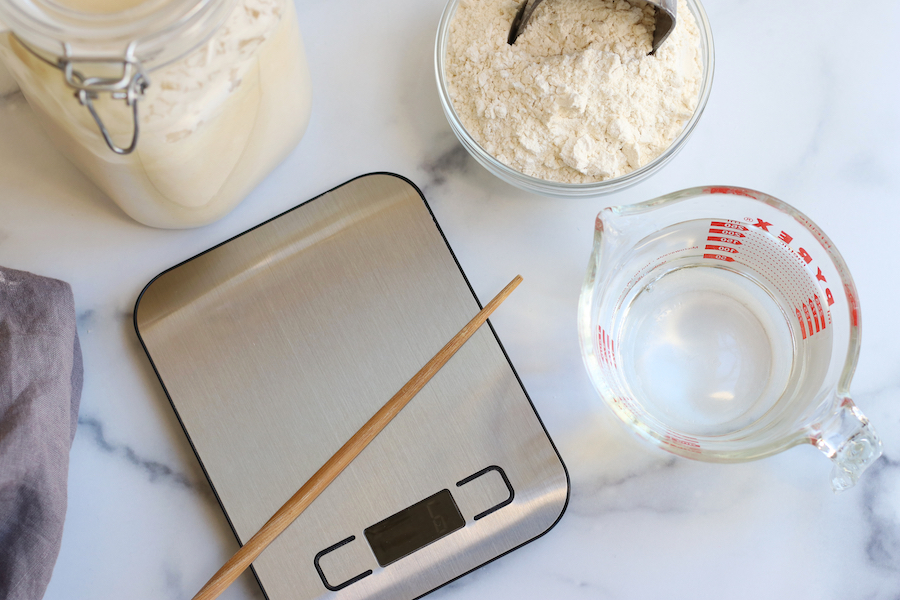
- Kitchen Scale- It is highly encouraged to use a kitchen scale to weigh the flour and water in equals parts to achieve the best results. This is the scale shown in the picture above. However, my next kitchen scale will be a little larger to accommodate the large bowl needed to make sourdough bread.
- Chopsticks– This makes stirring the starter in a glass jar much easier.
- Glass Measuring Cup– Makes for easy pouring of water.
- Scoop or Spoon– Helps with the addittion of flour.
- Medium Sized Glass Bowl– The first few days of a starters life is easier done in a medium size glass bowl.
- Plastic Wrap or Reusable Food Wraps– For the first few days of the starters life.
- Glass Jar (see below)
Sourdough Starter Container
The type of glass jar needed will depend on which type of flour you use to make your starter and how rapidly your starter ferments. This is the jar seen in the photo below and it works beautifully when using white all-purpose flour. Please see section directly below (White Flour vs Wheat Flour) for more explanation.
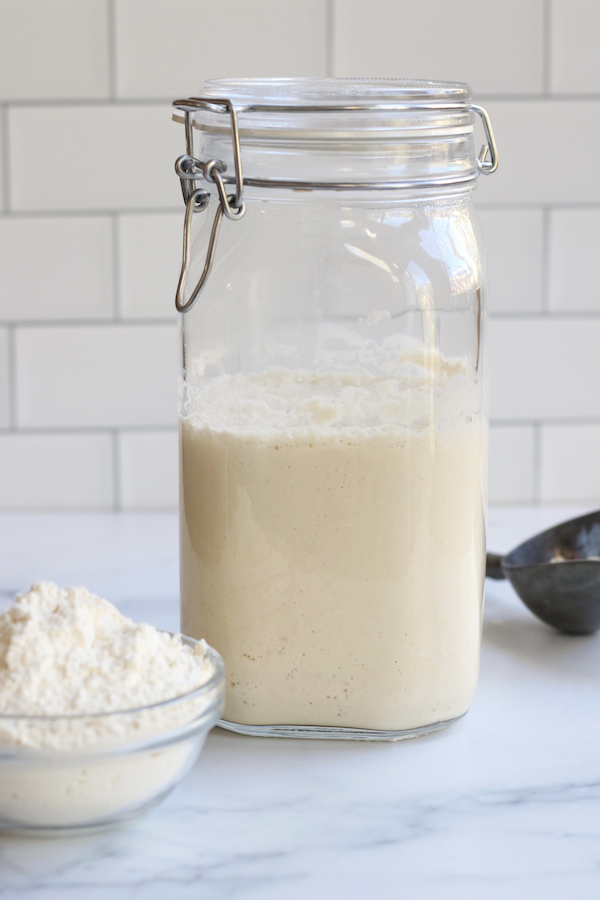
Best Flour for Sourdough Success
For the best sourdough starter, you need flour you can trust. Buying directly from King Arthur Flour means guaranteed freshness, expert-tested quality, and no risk of warehouse mishandling. Plus, you’ll find exclusive products, better stock availability, and support an employee-owned company dedicated to bakers. Skip the third-party markups and get the best right from the source. You and your sourdough deserve it! (affiliate)
White Flour vs Wheat Flour
The type of flour used will have a great influence on how your Stater ferments and the final product that you make with it. However, it is most important to not choose bleached flour as this will impede the fermentation.
All-Purpose White Flour
I adore sourdough bread that bites me back when I eat it. In other words, extra sour with a tang. However, my husband HATES that kind of bread. That is why I use all-purpose white flour for my Starter.
This type of flour yields breads that are very much like a crusty Italian loaf that he and I both go crazy for. Additionally, I use the Starter from this type of flour for making baguettes that then make incredible Homemade Breadcrumbs and croutons. The final products are never overly sour.
Wheat or Rye Flour
Wheat and rye flour has more naturally occurring wild yeast. Because of this, the starter made from these types of flours will ferment faster and with more intensity. It is very important to keep a closer eye on Starters made from these flours and to use a glass jar that has a lid that is looser or can be left slightly open. The reason for this, a tight fitting lid could be a recipe for an exploding jar.
In conclusion, wheat and rye flours will make much stronger sourdough products and all-purpose white flours (unbleached) will yield more mild final products.
How To Make
To make Sourdough Starter that is ready to bake with will take approximately 7 days, give or take a day or two. Here are the instructions for each day.
Day 1
In a medium sized glass bowl mix together 50 grams of water and 50 grams of flour. Stir well and cover. Let sit at room temperature.
Pro Tip#1– To accurately weigh the flour and water start by making sure the scale is weighing in grams vs ounces. Place the bowl on the scale and turn on. The scale should read zero with the the bowl on top. Add enough flour to equal 50 grams. Calibrate the scale back to zero again and repeat with water.
Pro Tip#2– In the making and feeding of this starter there will always be equal parts of flour and water added to it.
Day 2
To yesterday’s mixture add 50 grams of flour and 50 grams of water. Stir well and cover. Let sit at room temperature.
Day 3
Throw away half of the Starter. To the remaining Starter add 100 grams of flour and 100 grams of water. Stir well and cover. Let sit at room temperature.
Pro Tip#3– The discarded Starter from day 3- day 6 is not fully developed enough to have any uses. Simply throw it away.
Day 4
Throw away half of the starter. Add 150 grams of flour and 150 grams of water to the bowl and stir well. Cover and let sit at room temperature.
Pro Tip#4– Day 4 is the day that you will notice the mixture starting to take on the personality of a Sourdough Starter. There should be small bubbles and a slight sour smell will start to take shape.
Day 5
Similar to the previous days, throw away half of the Starter and add 150 grams of flour and 150 grams of water. Stir well, cover and let sit at room temperature.
Pro Tip#5– The Starter should begin to look very similar to picture A below. If not do not worry, it will very soon. Also, feel free to transfer to the glass jar once the new flour and water its mixed in on day 5.
Day 6
Throw away half of the starter and add 200 grams of flour and 200 grams of water. Stir well, cover and let sit at room temperature.
Pro Tip#6– By day 6 the Starter should look similar to photo A below and very possibly look like photo B.
Day 7
On day 7 the Starter should at the least look like photo B if not like photo C. If it has a similar appearance to photo C, it is ready to use. If it looks like photo B, let it sit at room temperature for one additional day.
Feeding and Reviving Sourdough Starter
Above all, if your Starter looks like photo C it is ready to be used for making all kinds of sourdough products. If it looks like photo B, you can still use it for baking. However, it will slow down the rising of bread dough. When it looks like photo A, it is time to feed the Starter.
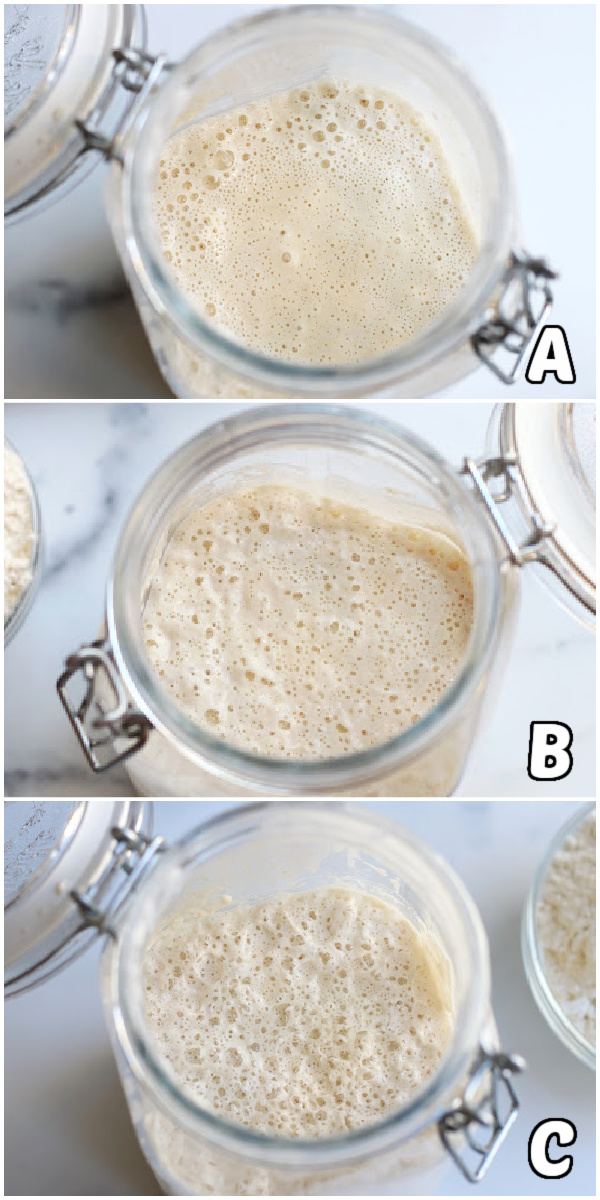
To feed the Sourdough Starter, discard half of it and add 150 grams of flour and 150 grams of water to the remaining Starter. Stir well and let sit at room temperature overnight. If on the second day the Starter has the appearance of photo B, let it sit at room temperature for one additional day before using it in recipes.
Pro Tip#7– If storing the Starter at room temperature it will need to be fed every 2-3 days. If storing in the refrigerator, it can be kept safely for up to 10 days before feeding. Please note that if storing in the refrigerator 2 feedings will most likely be needed before the Starter will look like photo C.
Starter Smell and How to Know if it has Gone Bad
A healthy Sourdough Starter is going to smell sour. Therefore, it is not the best way to judge whether it has gone bad. However, the best way to know is by its appearance. If there are any visible signs of mold or red/orange spots it is time to throw the Starter out and begin again. Take heart though, Sourdough Starters are full of good bacteria. Because of this, chances of it going bad are much lower.
Maintaining Sourdough Starter
For anyone new to sourdough baking, it is incredibly normal to have many questions and concerns about maintaining your sourdough starter. How To Maintain Sourdough Starter has a complete breakdown of the feeding schedule, common concerns and questions so that you can enjoy your sourdough starter for decades to come.
If you enjoyed this Sourdough Starter please let me know by leaving a comment and review below. Doing so helps to encourage others to make the recipe also. Thank you!

Easy Sourdough Starter
Ingredients
- 700 grams white all-purpose flour *see Note #1 below
- 700 grams filtered water
Instructions
Day 1
- In a medium sized glass bowl mix together 50 grams of water and 50 grams of flour. Stir well and cover. Let sit at room temperature.See Note #2 and Note #3 below.
Day 2
- To yesterday’s mixture add 50 grams of flour and 50 grams of water. Stir well and cover. Let sit at room temperature.
Day 3
- Throw away half of the Starter. To the remaining Starter add 100 grams of flour and 100 grams of water. Stir well and cover. Let sit at room temperature.See Note #3 below.
Day 4
- Throw away half of the starter. Add 150 grams of flour and 150 grams of water to the bowl and stir well. Cover and let sit at room temperature. See Note #4 below.
Day 5
- Similar to the previous days, throw away half of the Starter and add 150 grams of flour and 150 grams of water. Stir well, cover and let sit at room temperature. See Note #5 below.
Day 6
- Throw away half of the starter and add 200 grams of flour and 200 grams of water. Stir well, cover and let sit at room temperature. See Note #6 below.
Day 7
- On day 7 the Starter should at the least look like photo B above if not like photo C. If it has a similar appearance to photo C, it is ready to use. If it looks like photo B, let it sit at room temperature for one additional day.

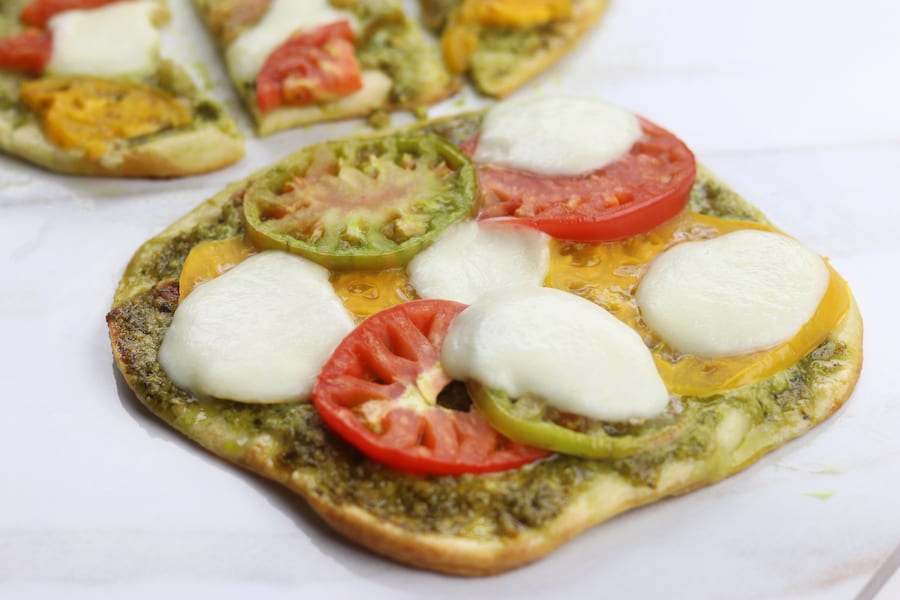
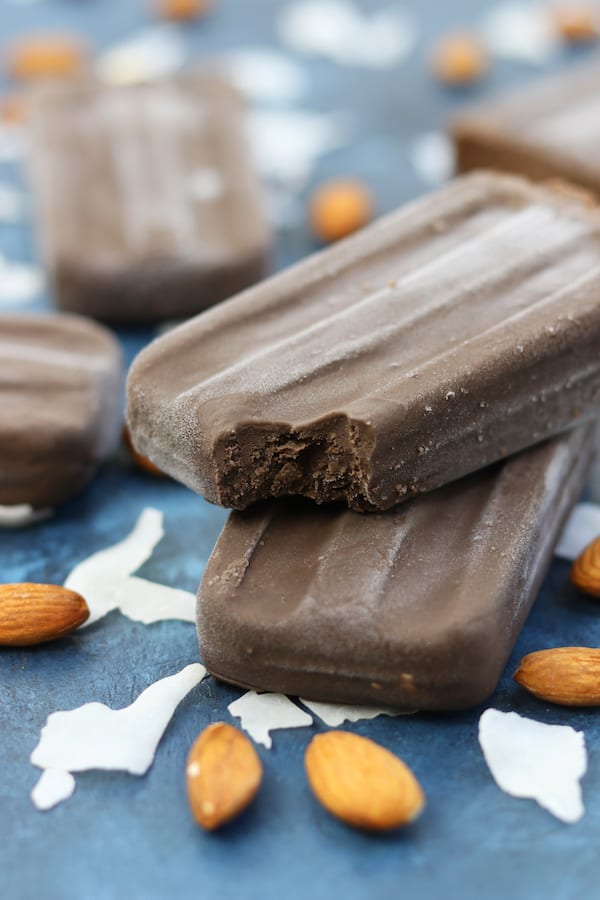
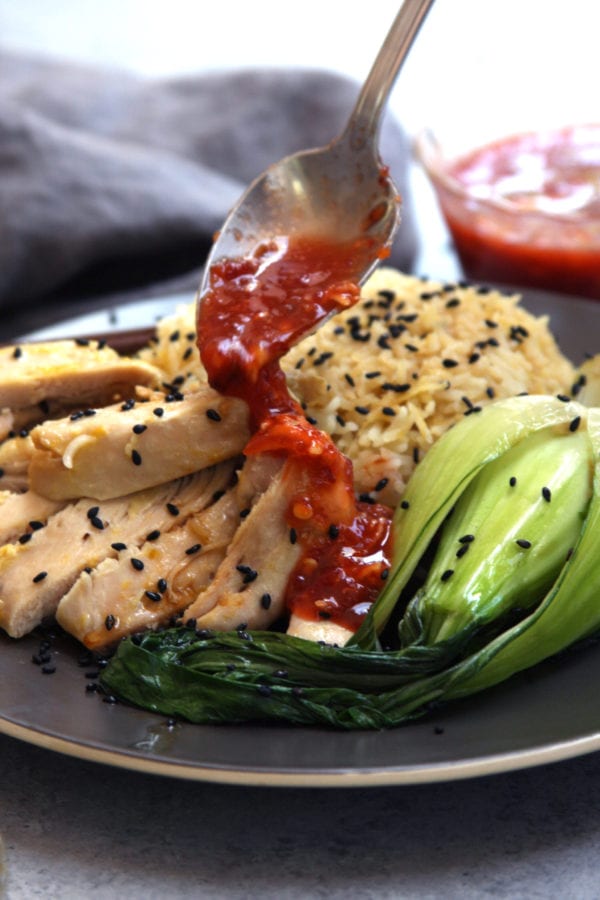
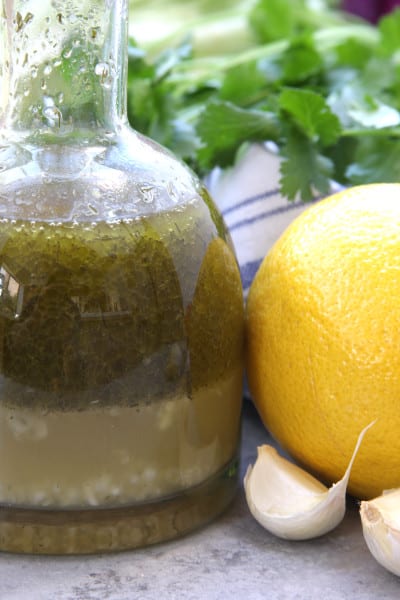
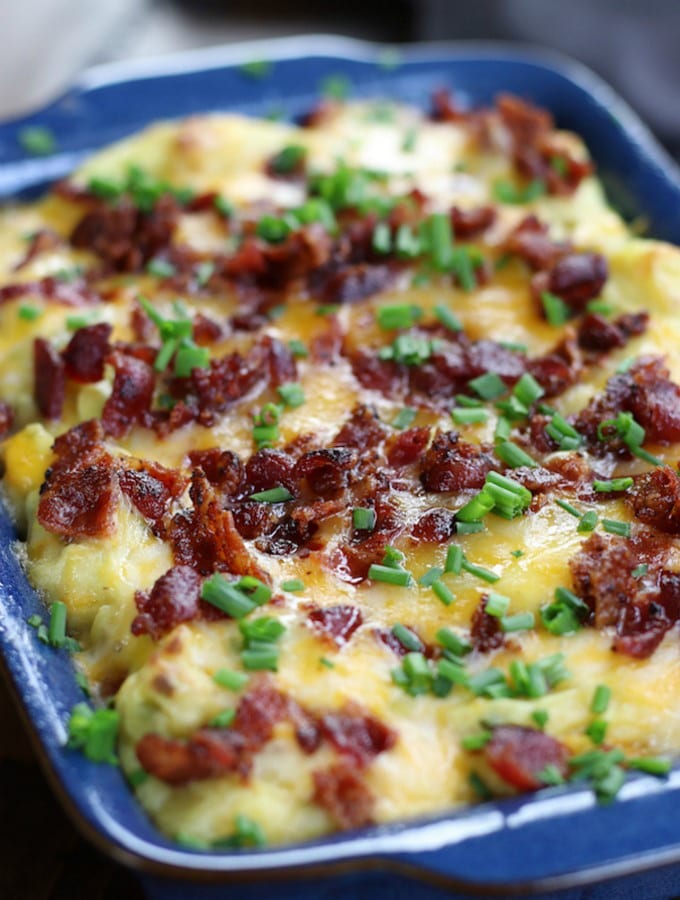
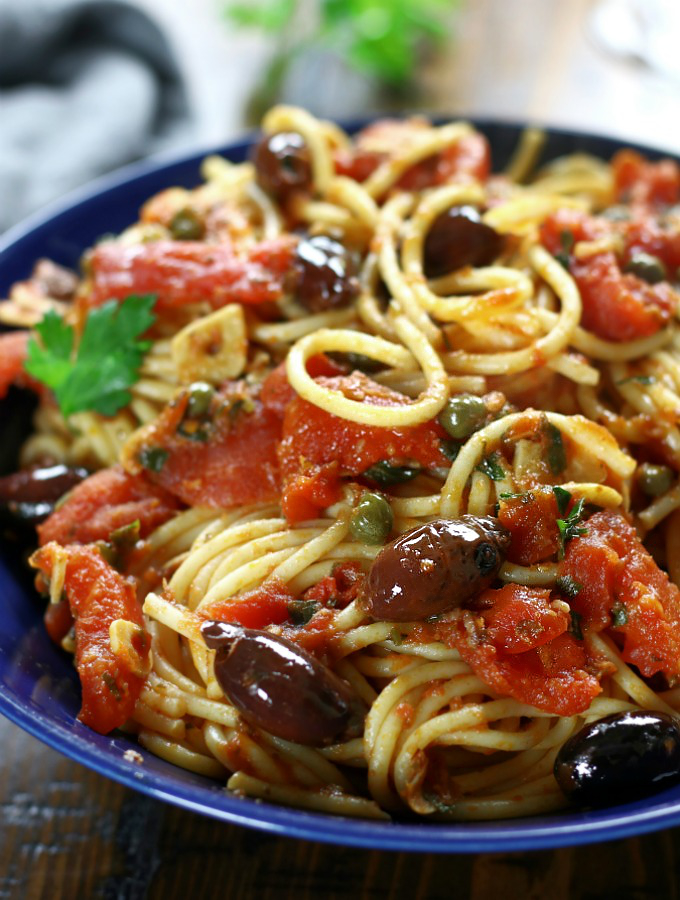
Do you stir the starter before taking some for the first use? How much starter do I use for a loaf?
Hi Ruthi! Yes, give your starter a good stir before both discarding and measuring for baking. This helps keep things consistent. The amount can vary by recipe, but a standard sourdough loaf typically uses about 150 to 200 grams of active starter. Here are a few bread recipes that are great places to start!
https://www.thefedupfoodie.com/soft-sourdough-bread/
https://www.thefedupfoodie.com/sourdough-french-bread/
https://www.thefedupfoodie.com/sourdough-baguettes/
Is the discard into use when there is bubbles but no rise?
Hi Alicia! Yes, if your starter has bubbles but hasn’t risen much, the discard is still fine to use. Bubbles are a good sign that fermentation is happening, even if the rise is a bit slow. As your starter matures, the rise will become more consistent, but in the early days, it’s normal for bubbling and rising to be a bit uneven. Just be sure it smells pleasantly tangy, not off or spoiled.
Hey there! Day 4 you said to throw away half of the starter. Would that be 100 grams or would it still be the 50 grams? Thank you!! I am so excited to learn more.
Hi Karina! I apologize for the delayed response. I’m so excited you’re giving this starter a try! On Day 4, just discard about half visually. There is no need to weigh it since you won’t be using the discard in recipes at this stage. Measuring the discard really only matters later on if you plan to bake with it. Hope this clears things up!
I did everything that you said but on the 7th day it didn’t look like C so I had it sit for another day but not it has a layer of liquid and I’m thinking I should discard half and feed it.
Hi Dasia! It sounds like you’re on the right track. That layer of liquid is called hooch and it’s harmless. It just means your starter is hungry. Go ahead and stir it in, then discard half and feed as usual. Sometimes starters need a few extra days to strengthen, so keep feeding daily until it rises predictably. You’re doing great!
On the 5th day my starter was looking like picture B. It is day 6 now with slightly less bubbles. However it hasn’t risen since maybe the first or second day. Is that normal? And do you have any tips to possibly help it start rising? Thank you very much for this easy to use recipe, this is the best one I’ve used.
Hi Meagan! I apologize for the delayed response, and thank you so much for your kind words.
What you’re seeing is actually really normal. Many starters show a burst of activity early on (days 1–2) and then slow down around days 3–6 as the wild yeast and bacteria start balancing out. That slowdown can mean fewer bubbles and little to no rise, but it’s all part of the process.
The best thing you can do is stay consistent with your feedings. Some starters just take a few extra days to catch their stride. A couple of tips that can help: use slightly warmer water when feeding (around 90–105°F), and keep your starter in a warm spot, ideally around 75–78°F.
This stage can definitely make you feel like something’s off, but it sounds like you’re right on track. You’re doing great!
On day 7 if starter is ready to use do you feed the left over before putting into fridge? How often to feed and how much?
Hi Vicki! Great questions! If your starter is ready on day 7, go ahead and feed it before storing. It can be kept in the fridge or on the counter. I usually recommend storing it on the counter and feeding about 3 times a week while it’s still under 6 months old. After that, it can go longer between feedings. Whenever you’re getting ready to bake, you’ll want to switch to daily feedings. I also have a full post on maintaining your starter that you may find helpful. I hope you enjoy and please keep me up to date on how it goes. https://www.thefedupfoodie.com/how-to-maintain-sourdough-starter/
Hello, 1st time on this sourdough journey. My starter was going good, I had a lot of bubbles even sour smell. By day 4 & 5 I had some hooch, I got back on track by doing what you had previously suggested to someone else and by day 7 I had bubbles like picture B I left it another day but now it’s flat with barely any tiny bubbles. What should I do at this point?
Hi Maggie! First of all, it sounds like you are doing great. It’s completely normal for a starter to have ups and downs, especially in the first week or so. What you’re describing sounds like your starter is just going through a transition phase. After that initial burst of activity, it’s common for things to quiet down while the wild yeast and bacteria are balancing out.
Here’s what I’d recommend:
Stick with once-a-day feedings using the same flour and slightly warm water (around 90°F is ideal). Try to keep it in a warm spot in your kitchen and watch for signs of rise and bubbles over the next few days. Many starters need just a bit more time before they really take off. It sounds like you’re almost there!
You’ve already shown great instincts by adjusting and staying consistent. Just hang in a little longer, and don’t hesitate to reach out if you have more questions. That first starter can definitely feel a little worrisome!
On day 4 my starter had mold. What am I doing wrong I followed the instructions.
Hi Maggie! This is such a good question and please know you are not alone. Many worry about mold in the first few days, but the good news is that true mold at this stage is actually very rare, especially if you’ve been feeding regularly and using a clean jar.
What often looks like mold is usually something completely normal, like dried flour clinging to the sides, bubbles creating odd textures, or little streaks of hooch (the grayish liquid that sometimes forms on top). It can definitely look suspicious when you’re new to sourdough, but most of the time, it’s just part of the starter settling in.
Real mold will look fuzzy and can be very distinctly colored, such as green, black, or pink spots. It will usually have an unpleasant smell. If you’re unsure, it can be comforting to start fresh. But in many cases, what you’re seeing is just part of how a new starter settles in during those first few days.
You’re doing a great job just by paying close attention and asking questions. Those instincts are exactly what makes a great sourdough baker! Let me know what you’re seeing and I’d be happy to help you troubleshoot further.
Hi its my first time making sourdough starter and yesterday day 5 i did the add ..remove half and it was quite bubly and smelling sour and now today it hasnt developed at all ..just wondering should i still take half out and continue with day 6 add?
Hi MaryLee! What you’re seeing is totally normal, especially around days 3 to 6. Many starters show a burst of activity early on (like what you saw on day 5), and then suddenly seem to go quiet with less bubbling, no rise, and even a flatter smell. This is the wild yeast and good bacteria rebalancing themselves.
Yes, definitely go ahead with the day 6 step: remove half and feed as usual. Consistent feedings are key, and most starters just need a little more time to stabilize. You’re doing great! This is one of the most common phases, and it’s not a setback at all!
Good morning! I have my starter active and going using this recipe but have been asked to make a gluten free starter, can I do that the same way?
Hi Alicia! I am so sorry for the delayed response. I’m so happy to hear your starter is active and doing well. I haven’t worked much with gluten-free flours myself, so I wouldn’t want to steer you wrong. However, I do know that it’s definitely possible with flours like brown rice or sorghum. Just keep in mind that gluten-free starters can behave a bit differently and may need slight adjustments in hydration. Wishing you lots of success with it!